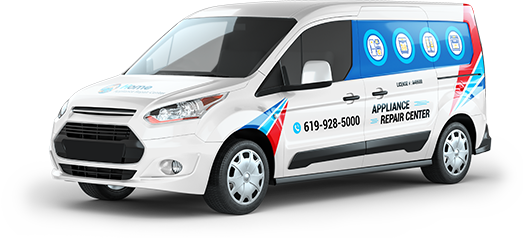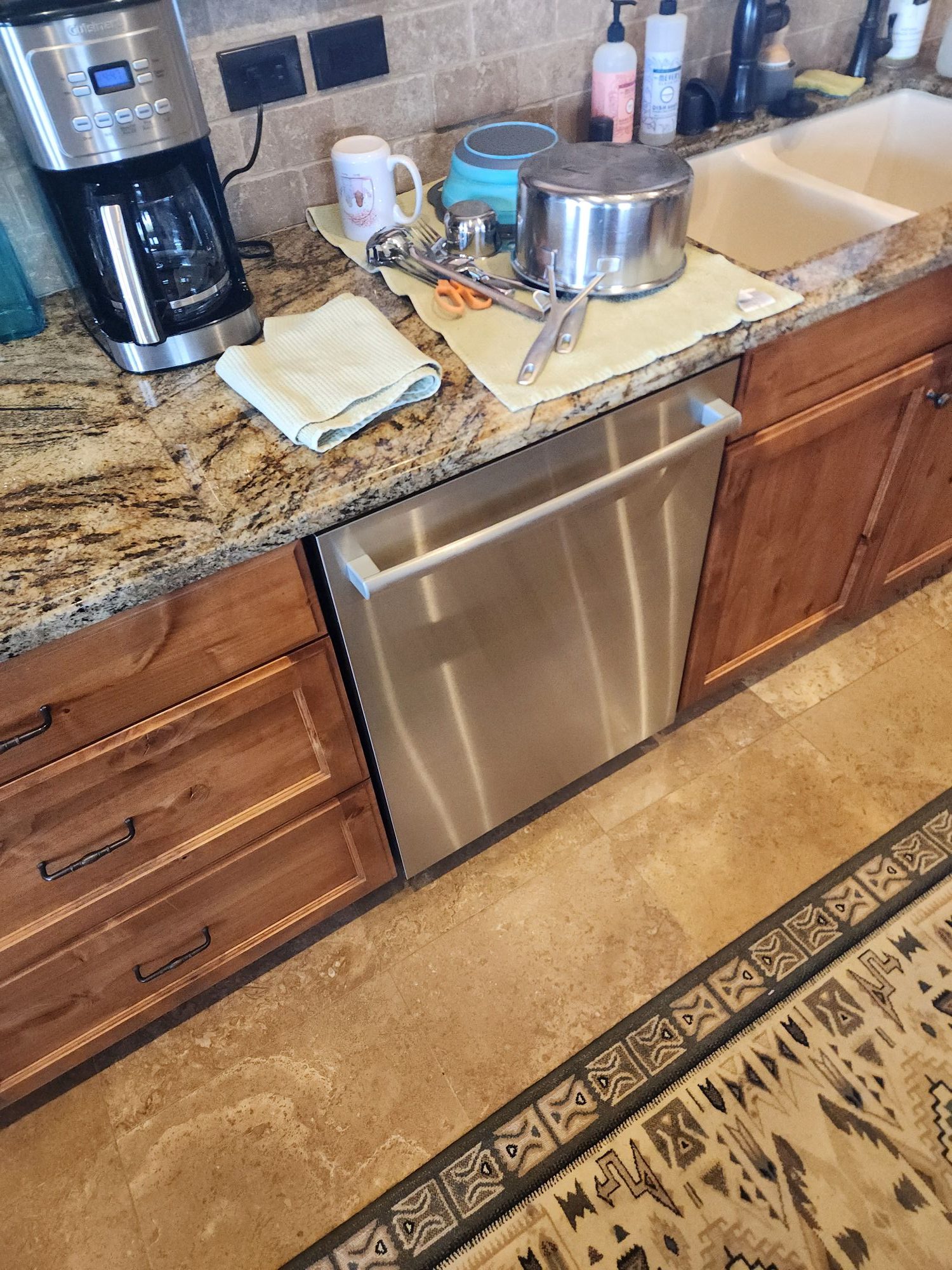A washing machine that refuses to fill with water at the start of a cycle is a frustrating and puzzling issue for many homeowners. Whether you’re doing a quick wash or a heavy load, the sight of a silent machine with no water flow can leave you wondering what went wrong. Fortunately, this problem is often caused by just a few key issues—most commonly, a blocked inlet valve or a malfunctioning water level sensor. Understanding the root of the problem can help you decide whether it’s something you can troubleshoot or if it’s time to call in the professionals.
Why the Machine Doesn’t Fill with Water
Modern washing machines rely on several components working in harmony to ensure each cycle runs smoothly. When the water doesn’t begin to fill at the start, it typically means that something is preventing the normal operation of one or more of these components.
Here are two of the most frequent causes:
1. Blocked or Faulty Water Inlet Valve
The water inlet valve is the gateway through which water enters the machine. It opens when the control board signals that water is needed, allowing either cold, hot, or both types of water into the tub.
Signs of a blocked or defective valve include:
- No water flow at the start of the cycle.
- A humming sound without water entering the machine.
- Water drips slowly or inconsistently.
Common causes:
- Mineral buildup from hard water.
- Debris lodged in the filter screens.
- Electrical failure of the solenoids that operate the valve.
How to troubleshoot:
You can check the screens inside the hose connections for clogs. Turn off the water supply, disconnect the hoses, and inspect the small mesh filters inside the inlet ports. If they’re dirty or blocked, cleaning them may solve the problem. If the valve doesn’t open even with clean filters, it may need replacement.
2. Water Level Sensor or Pressure Switch Malfunction
Your washer relies on a water level sensor (often a pressure switch) to determine how much water is in the tub. If this sensor fails or misreads the water level, the machine may think the tub is already full—even when it’s empty—and therefore won’t allow more water to enter.
Symptoms of a faulty sensor:
- No water fills at all.
- Washer skips directly to agitation without water.
- Error codes related to water level or filling.
How this happens:
- A clogged pressure hose.
- Loose electrical connections.
- Faulty sensor or pressure switch component.
What you can do:
This component is harder to inspect without technical knowledge. However, you can look for any obvious kinks or blockages in the small hose leading from the drum to the sensor. For more accurate diagnostics, professional testing is usually required.
Other Possible Reasons
While inlet valve and sensor issues are the most common, don’t overlook these other potential culprits:
- Door/Lid Lock Failure: Most machines won’t start filling unless the door is securely locked. If the lock mechanism is broken or the sensor doesn’t register that it’s closed, the washer won’t proceed.
- Control Board or Timer Malfunction: A defective timer or control board may fail to send the correct signal to open the water inlet valve.
- Low Water Pressure: If the incoming water pressure is too low, the valve might not open. Check if water flows strongly from your tap; if not, this could be the root cause.
- Kinked or Damaged Hoses: If your water hoses are bent or clogged, water may not flow properly even if everything else is functioning.
When to Call a Professional
If you’ve checked the water supply, hoses, and inlet screens, and the machine still doesn’t fill, it’s time to call in an expert. Diagnosing electrical components like the inlet valve solenoid or pressure sensor requires specialized tools and knowledge. Attempting DIY repairs beyond a basic inspection could lead to further damage or safety hazards.
Let the Experts at Home Appliance Service Center Help
At Home Appliance Service Center, we specialize in identifying and fixing water flow issues in all major washing machine brands. Whether it’s a faulty valve, a misreading sensor, or something more complex, our trained technicians can quickly diagnose and repair the problem—saving you time, stress, and the inconvenience of a non-functioning washer.
We offer same-day appointments, reliable service, and guaranteed results. Don’t let a simple malfunction disrupt your day.
Contact us today:
or
 619-928-5000
619-928-5000  Request Service
Request Service 
